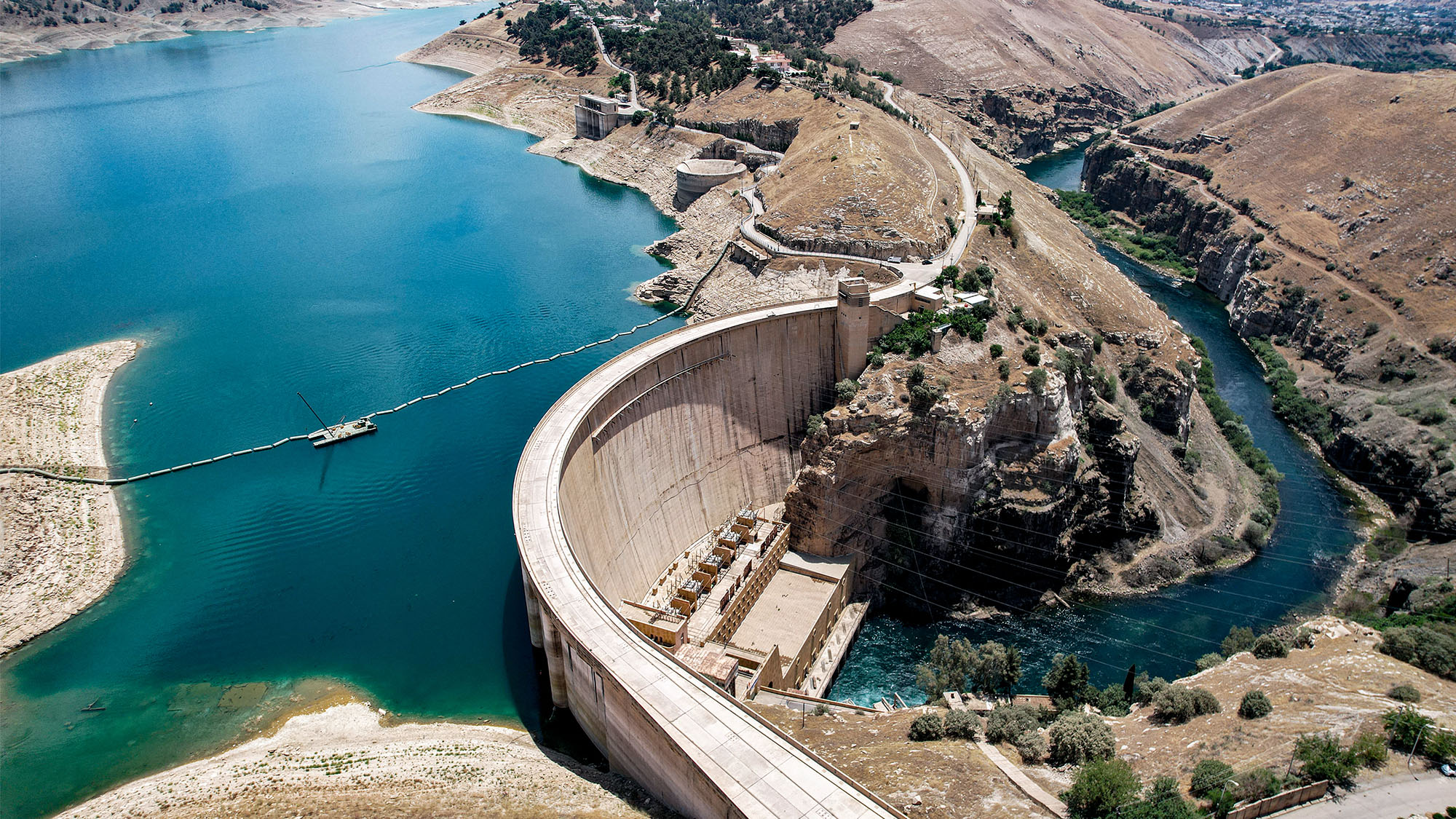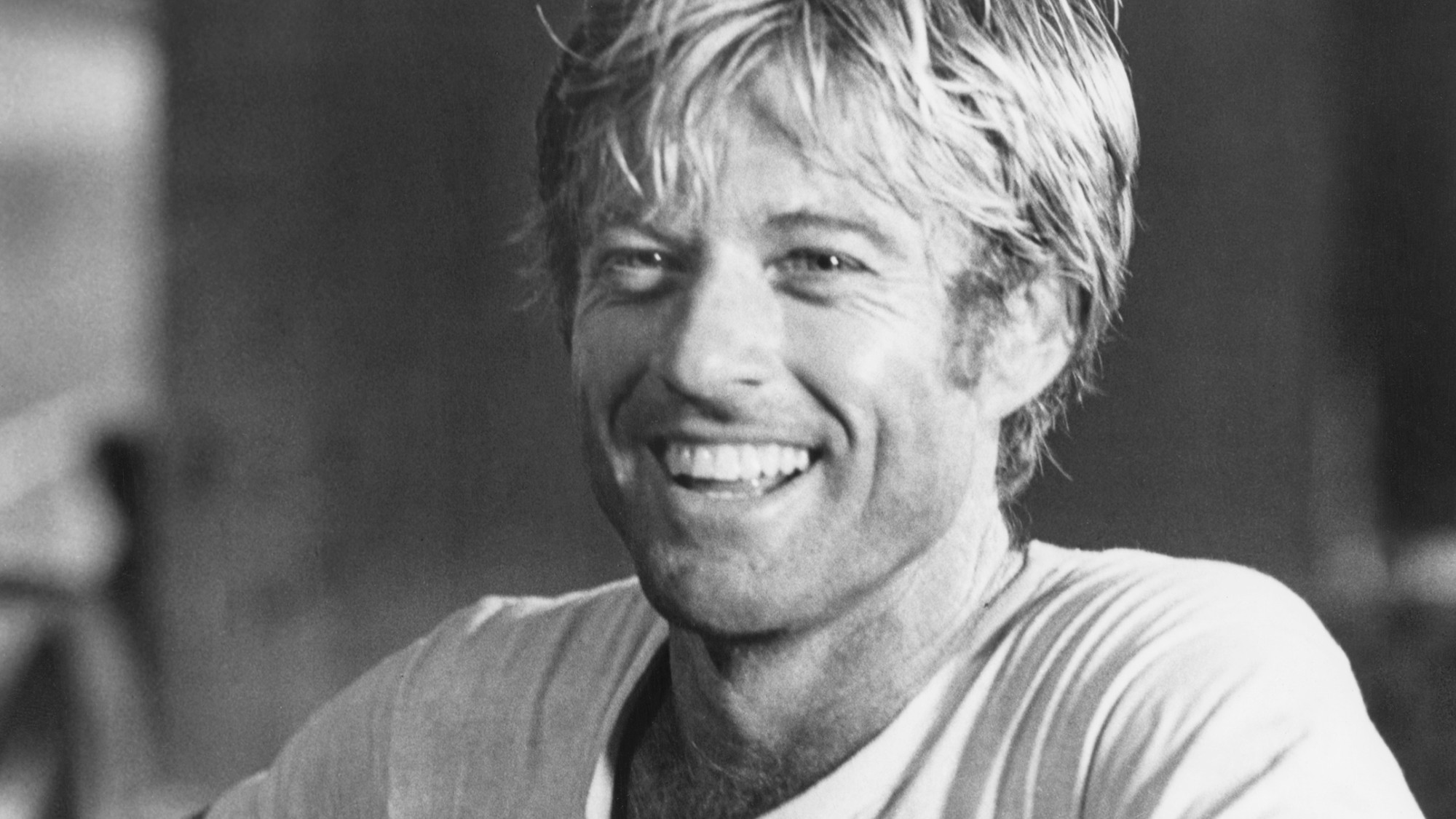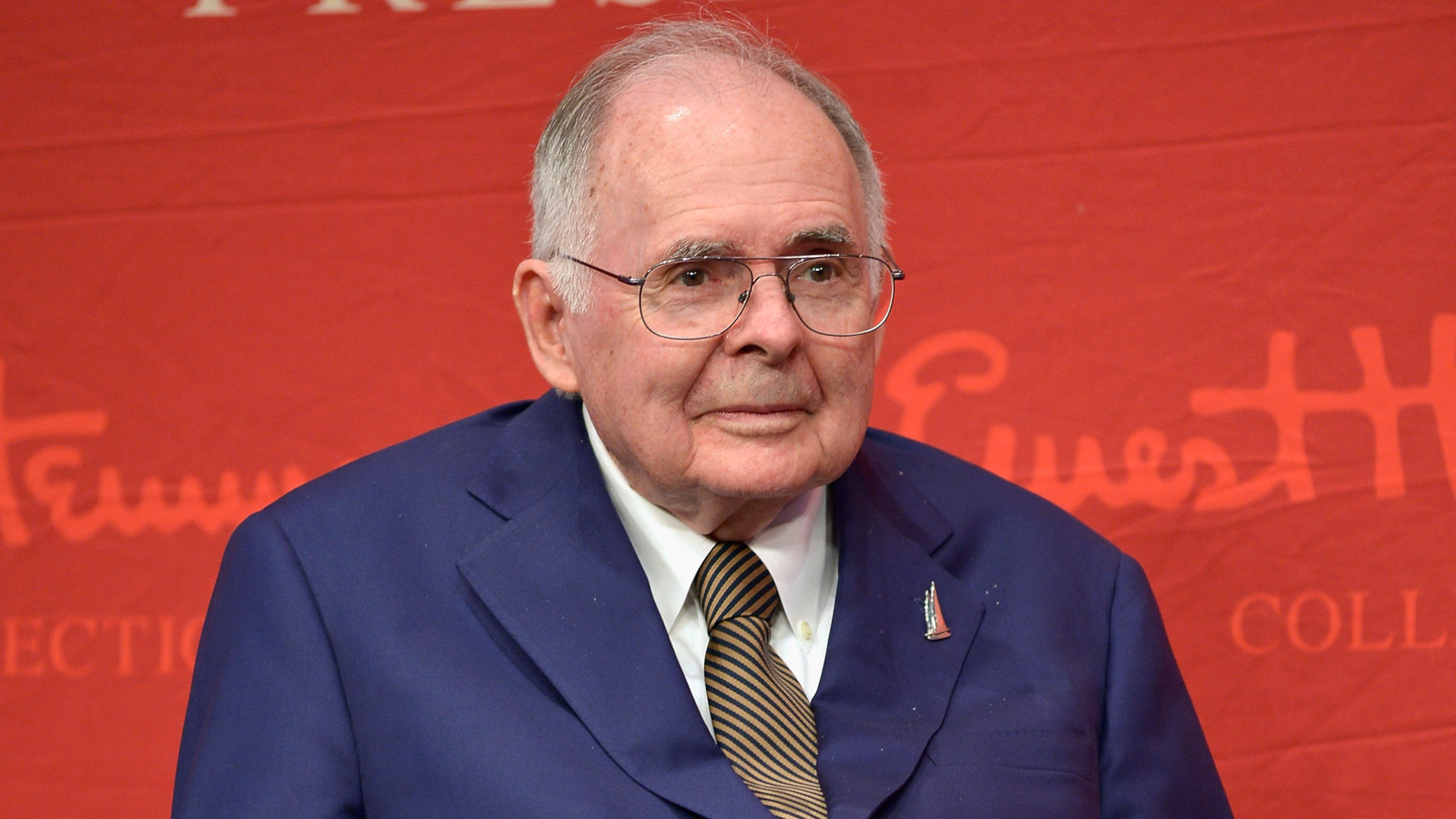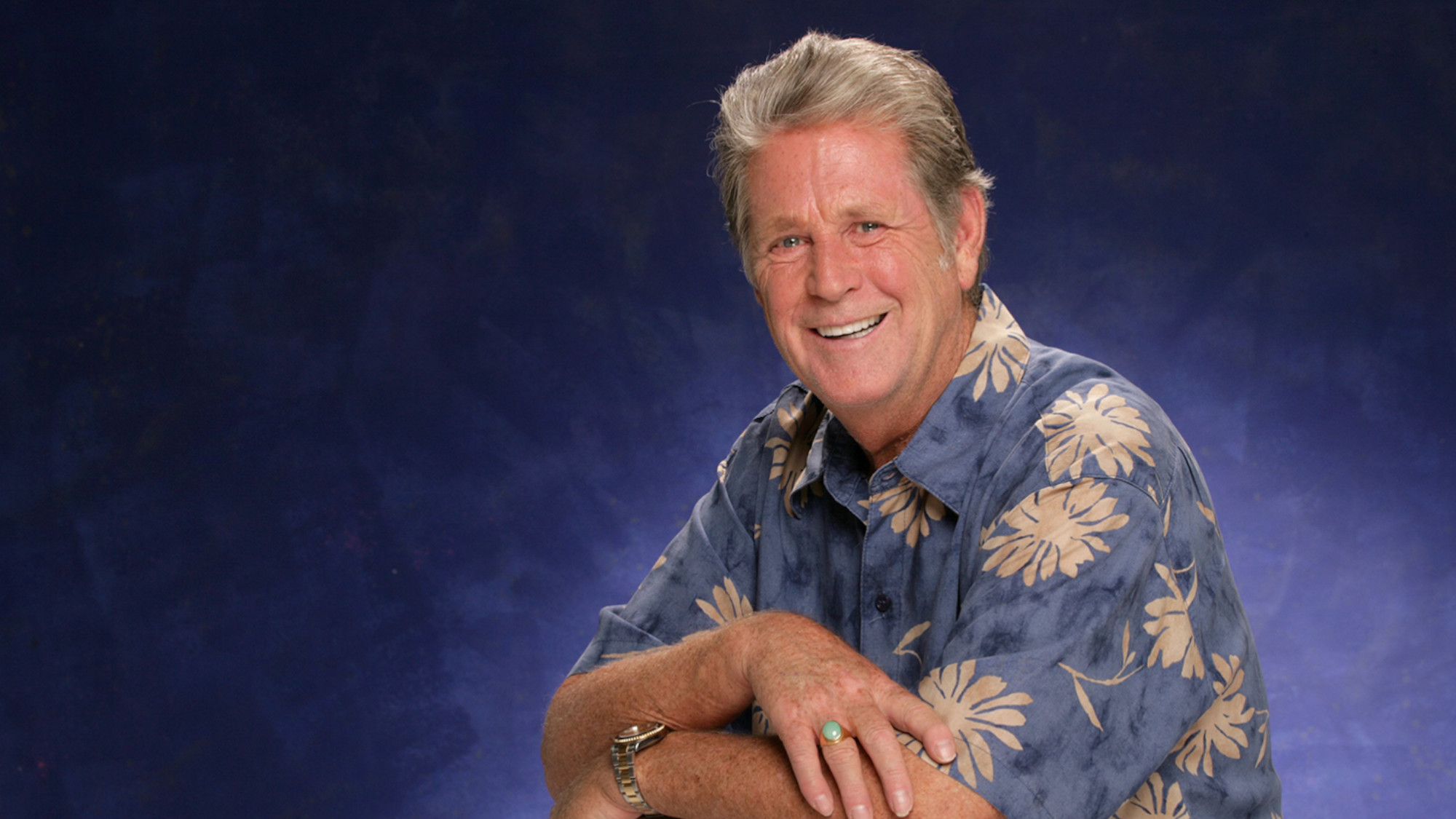Ruth Patrick, 1907–2013
The naturalist who stood guard over U.S. rivers
Soon after Ruth Patrick arrived in the mid-1930s at the Academy of Natural Sciences in Philadelphia with a newly minted Ph.D. in botany, the institution recognized her talents enough to hire her—but it wouldn’t pay her. As the only female scientist there, she was also counseled not to wear lipstick on the job. Four decades later, in 1973, Patrick was named the first female chair of the academy’s board of trustees, having established herself as the nation’s foremost authority on freshwater ecology and a pioneer in the environmental movement.
Born in Topeka, Patrick was encouraged to study nature by her father, said The New York Times. “I remember the feeling I got when my father would roll back the top of his big desk in the library and roll out the microscope,” she later recalled. “It was miraculous, looking through a window at a whole other world.” Patrick pursued that passion at Coker College in Hartsville, S.C., and the University of Virginia.
Soon after finally being put on the Academy of Natural Sciences payroll, in 1945, she founded its department of limnology, or freshwater ecology, since renamed the Patrick Center for Environmental Research, said NBCPhiladelphia.com. In 1948 she led a trailblazing study of a Pennsylvania stream and discovered that pollution could be gauged by the presence of single-cell organisms called diatoms. “Basically she demonstrated that biological diversity can be used to measure environmental impact,” said biologist Thomas Lovejoy. “I call that the Patrick Principle and consider it the basis for all environmental science and management.”
The Week
Escape your echo chamber. Get the facts behind the news, plus analysis from multiple perspectives.

Sign up for The Week's Free Newsletters
From our morning news briefing to a weekly Good News Newsletter, get the best of The Week delivered directly to your inbox.
From our morning news briefing to a weekly Good News Newsletter, get the best of The Week delivered directly to your inbox.
Patrick’s work led to the groundbreaking 1972 Clean Water Act, “which she helped write,” said The Washington Post. She advised Presidents Johnson and Reagan on environmental issues, and was awarded the National Medal of Science in 1996. Patrick taught at the University of Pennsylvania for more than 35 years, and even at age 100, still came to her office to work on her 900-page Rivers of the United States. Patrick, said James Gustave Speth, former dean of the Yale School of Forestry and Environmental Studies, was “addressing water pollution before the rest of us even thought of focusing on it.”
A free daily email with the biggest news stories of the day – and the best features from TheWeek.com
-
 Quiz of The Week: 29 November – 5 December
Quiz of The Week: 29 November – 5 DecemberQuiz Have you been paying attention to The Week’s news?
-
 The week’s best photos
The week’s best photosIn Pictures A drive in the desert, prayers with pigeons, and more
-
 The Week Unwrapped: Will drought fuel global violence?
The Week Unwrapped: Will drought fuel global violence?Podcast Plus why did Trump pardon a drug-trafficking president? And are romantic comedies in terminal decline?
-
 R&B singer D’Angelo
R&B singer D’AngeloFeature A reclusive visionary who transformed the genre
-
 Kiss guitarist Ace Frehley
Kiss guitarist Ace FrehleyFeature The rocker who shot fireworks from his guitar
-
 Robert Redford: the Hollywood icon who founded the Sundance Film Festival
Robert Redford: the Hollywood icon who founded the Sundance Film FestivalFeature Redford’s most lasting influence may have been as the man who ‘invigorated American independent cinema’ through Sundance
-
 Patrick Hemingway: The Hemingway son who tended to his father’s legacy
Patrick Hemingway: The Hemingway son who tended to his father’s legacyFeature He was comfortable in the shadow of his famous father, Ernest Hemingway
-
 Giorgio Armani obituary: designer revolutionised the business of fashion
Giorgio Armani obituary: designer revolutionised the business of fashionIn the Spotlight ‘King Giorgio’ came from humble beginnings to become a titan of the fashion industry and redefine 20th-century clothing
-
 Ozzy Osbourne obituary: heavy metal wildman and lovable reality TV dad
Ozzy Osbourne obituary: heavy metal wildman and lovable reality TV dadIn the Spotlight For Osbourne, metal was 'not the music of hell but rather the music of Earth, not a fantasy but a survival guide'
-
 Brian Wilson: the troubled genius who powered the Beach Boys
Brian Wilson: the troubled genius who powered the Beach BoysFeature The musical giant passed away at 82
-
 Sly Stone: The funk-rock visionary who became an addict and recluse
Sly Stone: The funk-rock visionary who became an addict and recluseFeature Stone, an eccentric whose songs of uplift were tempered by darker themes of struggle and disillusionment, had a fall as steep as his rise